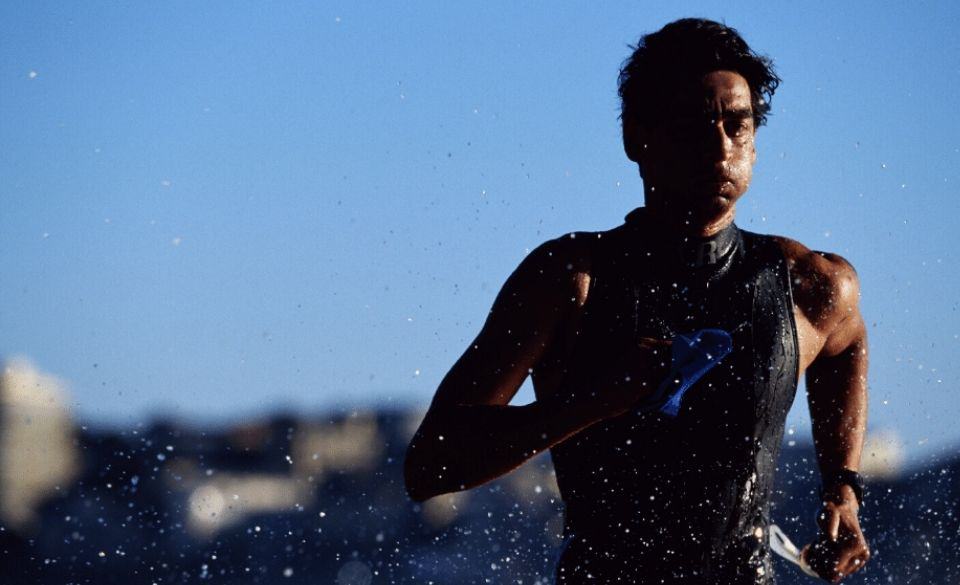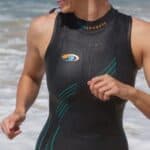
Triathlete Physique – What is the Best Triathlon Body Type?
Page Contents
As a triathlete, we all want the perfect physique to be competitive, but unlike many other sports triathlon has a diverse range of heights and weight. In this article we look at why this is the case and how a triathletes weight differs between Olympic and Ironman athletes.
Triathlete Physique – What is the Perfect Physique For Triathlon?
Swimming, cycling, and running places an incredible amount of stress on the body, but does this mean there’s a perfect triathlete physique needed to be competitive?
First, some general points need to be made. Weight for example plays a significant role, and the strength to endurance ratio is just as important. Because of this, the top professional triathletes usually have a low body fat percentage (BFP) similar to other endurance sports. So to be competitive in triathlon, you need to be lightweight first and foremost and carry a low body fat content.
Triathlon requires triathletes to develop physical and physiological characteristics similar to cycling, running, and swimming. So it is common for these sports to carry over some characteristics in body shape to triathlon.
Because of these characteristics, the top professional triathletes are often tall and lightweight. Being tall and lightweight offers an advantage in leverage and power. This results in the best possible surface area and weight ratio for the athlete. Just take a look at Jan Frodeno and how he matches all of these characteristics.
If you look at all elite triathletes though, you get a wide variety of body shapes and sizes. But they all have one thing in common, and that is a very low body fat percentage.
The perfect triathlon physique as we know is a balance between a cyclist, runner, and swimmer’s body. But if one body shape is more pronounced than the other its has a large impact on the results. An ex-swimmer for example with a larger upper body mass often fades outside the top 10 on the run. This is often caused by the excess upper body mass that needs to be carried on the run.
Alternatively, if you take an ex-professional cyclist or runner, you never really see them in the front swim pack. That is because of the lack of body fat that the athlete carries and the minimal upper-body mass they have. So an ideal physique would be a balance of a swimmer’s upper body mass and low body fat levels of a cyclist and runner.
Triathlon Body Type – How it differs?
Since triathlon events cover a range of distances, it is common that you see a slight change in the triathlete’s physique and body type in different events.
The variation of triathlon body type can be traced back to running, cycling, and swimming. Professional triathletes often come from a background in one of these sports, hence why you get a large variety of heights within professional triathlon. If you take the average height of a swimmer, they are often tall, while runners are the complete opposite. If we compare the weight though, the average Olympic distance athlete is 2-3 kg lighter than the Ironman triathlete at the same height. This is shown by a study that found the difference in weight between Olympic and Ironman athletes.
The study showed that at 180 cm the average weight of an Olympic triathlete was 67 kg vs 69 kg of an Ironman triathlete. The same can be said of female triathletes, but the difference was much less at 1 kg for a height of 160 cm. So, while there is not a large difference in weight between both these events, it is still shown to play a large role in triathlon.



